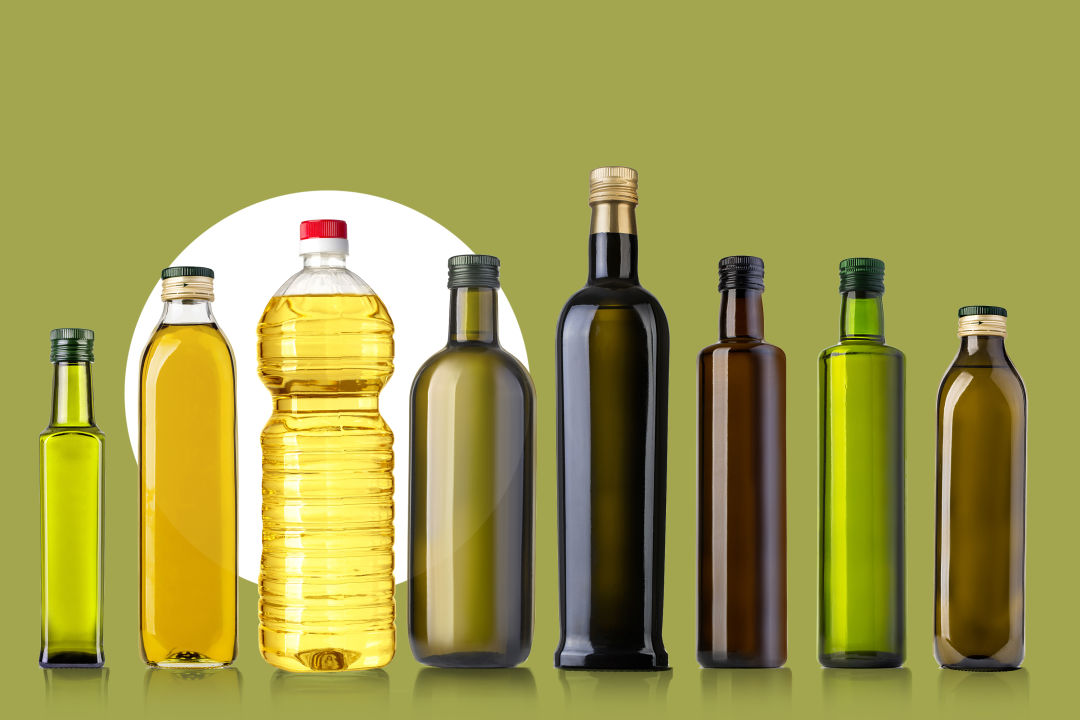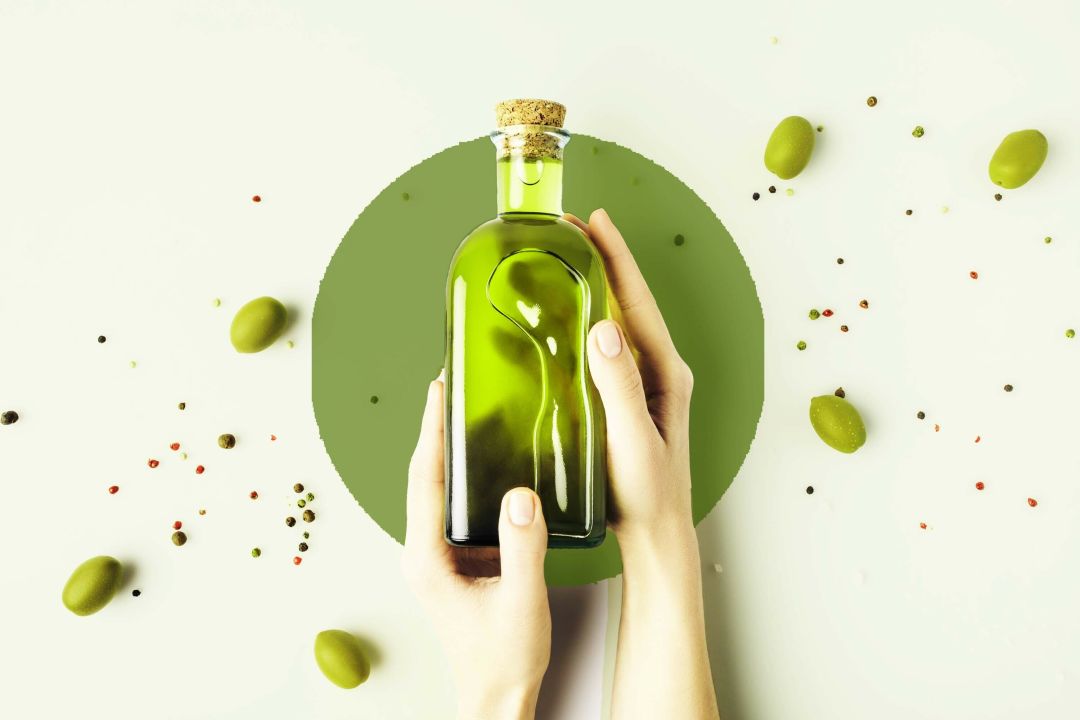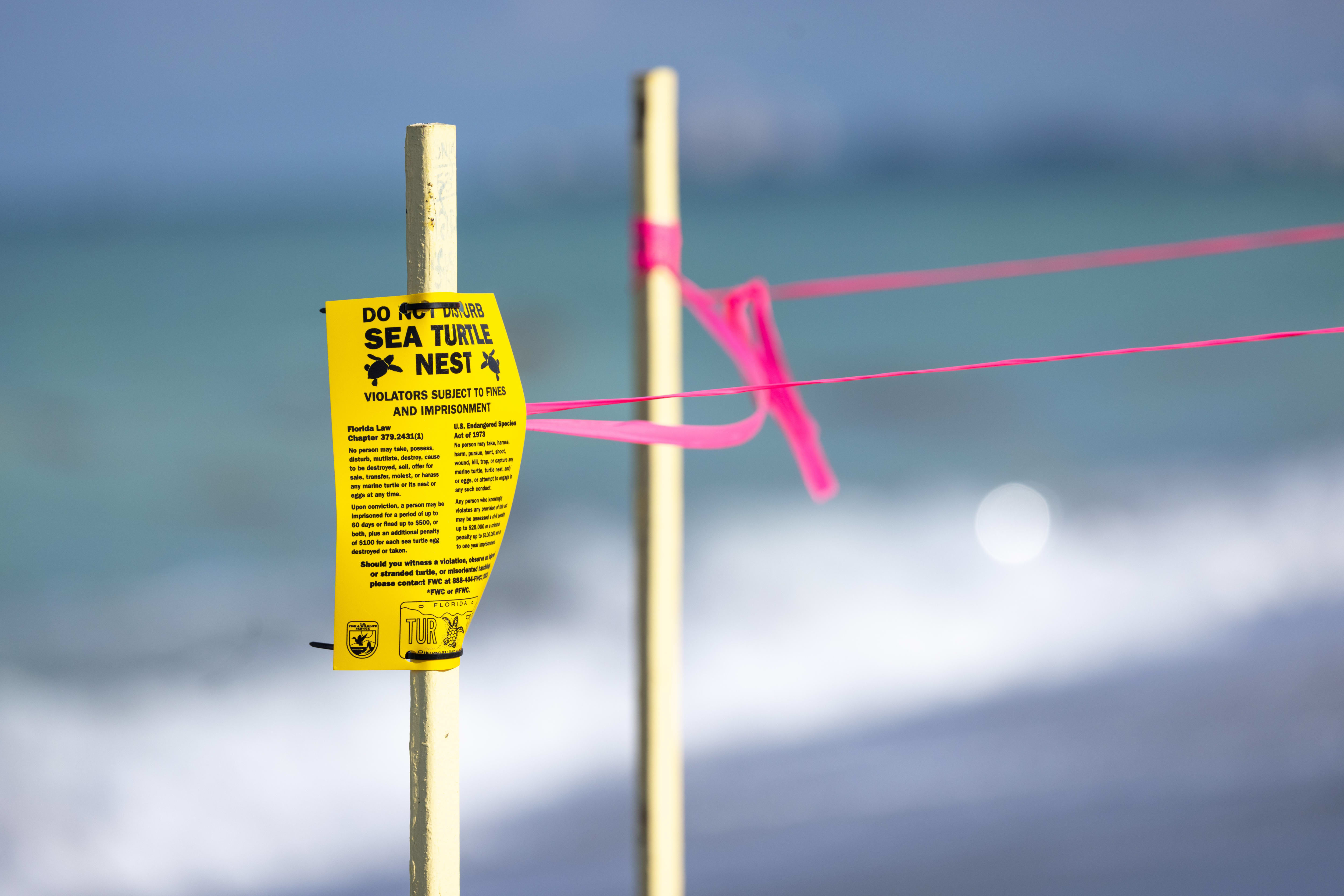How Can You Make Sure You've Got Real Extra Virgin Olive Oil and Not the Fake Stuff?

Image: Kari Perrin
In the world of nutrition, nearly everything is up for debate. Are vegetables good for you? Or are they poison? Eggs are either a vital source of basic nutrition or they’re killing you. Is coconut oil a superfood? Or is it stopping your heart? For years, butter was so scary we made things we couldn’t believe weren’t butter—now butter is back.
But some foods have escaped such scrutiny—like extra virgin olive oil. No one has anything but praise for olive oil. Study after study shows its undeniable health benefits. It can fight cancer, reduce the risk of Alzheimer's disease, lower blood pressure and reduce inflammation, and also possesses good cholesterol and gets rid of bad cholesterol. The list goes on and on.
However, there's a possibility the olive oil you own is a fake.
Extra virgin olive oil is made by extracting oil from olives without using heat or chemicals, leaving the good nutrients and flavors intact. But because the United States Department of Agriculture's olive oil grades aren’t mandatory for producers, mislabeled extra virgin olive oil is sometimes passed off as the real stuff. Olive oil may be old and rancid, or cut with low-quality old olive oil or mixed with cheaper seed oils like canola and sunflower and colored with chlorophyll or beta carotene.
One 2016 article claims that as much as 80 percent of the olive oil sold in the United States isn’t what the maker says it is. Others say that’s a gross exaggeration perpetrated by sensationalist journalists to catch the reader’s eye. (A 2015 study published by the Journal of the American Oil Chemists' Society found that only three out of 88 samples of extra virgin olive oil failed to meet extra virgin purity standards.)
Whatever the true number, there’s a chance you are missing out on both the flavors and potential health benefits of pure extra virgin olive oil. Even popular, expensive brands that tell you the date the oil was bottled aren’t trustworthy. The oil could have been sitting around in a giant vat for weeks or months before it was put in the bottle.

Image: Kari Perrin
However, there are a handful of ways to secure yourself the real stuff. I spoke with Amy Shelton, the operations manager at Sarasota's Mazzone Olive Oil, about how to identify good extra virgin olive oil:
Smell It
Shelton says to trust your nose. “It should always be pleasant,” she says. “It should never turn your head away.” If your EVOO doesn’t have a strong smell, it could be fake. If it smells soapy or musty, it could be rancid.
Taste It
“It shouldn’t be flavorless,” says Shelton. “You want to be able to taste the olive.” She says to look for buttery, nutty or grassy notes from your olive oil. “Also, bitter! Bitter is good in olive oil," she says.
Feel It
Pure EVOO has a unique sensation when it touches your mouth. “When you swallow it, you should get some sort of a sensation in the back of the throat that is related to a burn or a tingle,” Shelton says. That feeling corresponds to the amount of polyphenols in the olive oil. The more polyphenols, the purer and healthier the oil. “In the olive oil world, they call it pungency," she says. "In Italy, they call it pizzica, which means 'pinch.'”
Don’t Worry About the Color
According to Shelton, color is not an indicator of quality. “You have hundreds of olive varietals in the world,” she says. This means olive oil will have various levels of coloration, from yellow to green to gold. You can also have different levels of viscosity. “The variety of colors is influenced by [the] particular olive grove," Shelton says. "The timing of harvest, the way it was processed, the region—it can all change the look of the olive, but it’s not an indicator of quality.”
Know Your Source
The best and most certain way to know if you have top-notch extra virgin olive oil is to know and trust your producer. “You want to be able to find info on that bottle that you can trace right back to where it was grown and milled,” Shelton says. “You can’t rely on a distribution company.” Shelton says Mazzone directly sources its olives from the company’s family grove in Apulia, Italy, where they have been growing and producing olive oil for 100 years. “If you know the farmer, you know the integrity of what’s inside the bottle,” she says. “That’s why I love being the manager at Mazzone. There are no middlemen. We even travel to Italy and invite people to help us make the olive oil to see it for themselves.”



